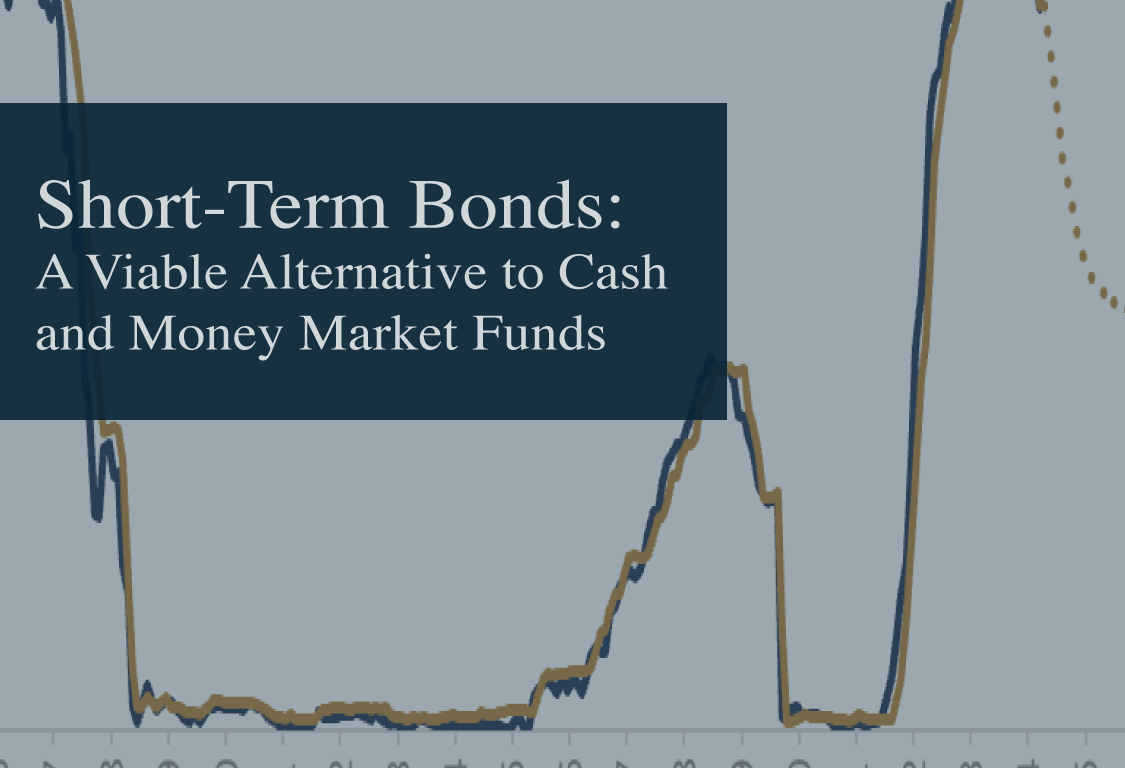Throughout the latter portion of the summer, various members of the Federal Reserve, including Chairman Jay Powell, began signaling a likely reduction in the Federal Funds rate, which peaked at a range of 5.25%-5.50% in July 20231. This was confirmed last week when the Fed announced an initial 50 basis point (0.50%) cut, with more cuts teed up later this year and into next year2. As Chair Powell has repeatedly stated, the Fed will be data dependent in making their decisions. With inflation receding to its latest reading of 2.5% and unemployment nudging higher from the mid-3% range to 4.2% in August, the Fed’s dual mandate of low prices and low unemployment is in clear focus to begin easing financial conditions via lower rates3,4. During last week’s rate cut press conference, Powell made clear their current thinking, saying that “as inflation has declined and the labor market has cooled, the upside risks to inflation have diminished and the downside risks to employment have increased. We now see the risks to achieving our employment and inflation goals as roughly in balance, and we are attentive to the risks to both sides of our dual mandate5.”
What, then, does this mean in terms of portfolio positioning? Since the Fed began raising rates in March 2022, cash and money market funds have been a great place to sit and wait. Yields on these assets have risen in virtual lockstep with short-term rates. As seen in the chart below, this correlation follows historical trends.

Likewise, a decline in the Fed Funds rate is typically accompanied by a corresponding drop in money market yields. The dotted line in the chart above plots the expected path of this rate based on the Fed Funds futures market and implies the rate could be below 4% by early 2025.
Rather than wait until the Fed is well into a rate-cutting regime, we advocate reallocating to short-term bonds in lieu of cash sooner rather than later. Recall that as yields fall, bond prices generally rise, providing investors a double source of return: the bond’s interest coupon, which is fixed upon issuance, and the potential for price appreciation. With money market funds, however, as rates fall the dollar price of the fund remains constant (typically a $1 Net Asset Value), meaning an investor’s total return will be simply the declining yield of the fund. Furthermore, fixed income yields near the high end of the percentile spectrum (going back 10, 15 and 20 years), suggest that one does not need to extend duration significantly to achieve a favorable outcome.

While the future is inherently unknown and any number of scenarios could play out, the likelihood of additional near-term rate cuts creates an interesting dynamic for replacing cash and money funds with short-term bonds. Missing out on today’s higher yields also introduces reinvestment risk, whereby maturing bonds and/or cash will need to be replaced with possible lower yielding investments in the future. When compared to likely declining cash yields, investors should view the opportunity to capture higher yields as well as potentially participate in bond price appreciation as a compelling option.
Disclosures:
VELA Investment Management, LLC is a registered investment adviser. Information presented is for educational purposes only and does not intend to make an offer or solicitation for the sale or purchase of any specific securities, investments, or investment strategies. Investments involve risk and unless otherwise stated, are not guaranteed. Be sure to first consult with a qualified financial adviser and/or tax professional before implementing any strategy discussed herein. Past performance is not indicative of future performance.
The views expressed are those of VELA Investment Management, LLC as of 09.25.2024 and are subject to change. These opinions are not intended to be a forecast of future events, a guarantee of future results, or investment advice. Third-party information in this report has been obtained from sources believed to be accurate; however, VELA makes no guarantee as to the accuracy or completeness of the information.
Investors should carefully consider the investment objectives, risks, and charges and expenses of the fund before investing. The prospectus contains this and other information about the fund, and it should be read carefully before investing. Investors may obtain a copy of the prospectus by calling 833-399-1001.
The Fund is distributed by Ultimus Fund Distributors, LLC. (Member FINRA). VELA Investment Management, LLC and Ultimus Fund Distributors, LLC are not affiliated.
As of 6.30.2024 the annualized Total Return for the I-Shares since inception (12.15.2023) was 2.52%. The expense ratio of the VELA Short Duration Fund (Class I) is 0.69%.
Mutual fund performance data quoted represents past performance. Past performance does not guarantee future results. The investment return and principal value of an investment will fluctuate so that an investor’s shares, when redeemed, may be worth more or less than their original cost. Current performance may be lower or higher than the performance data quoted. Investors may obtain mutual fund performance data current to the most recent month-end by calling 833-399-1001.
Important Risk Information: An investment in the Fund involves risk, including possible loss of principal. The principal risks of investing in Funds include equity, market, management and non-diversification risks. The market value of a security or instrument may decline due to general market conditions that are not specifically related to a particular company, such as real or perceived adverse economic conditions, changes in the general outlook for corporate earnings, changes in interest or currency rates or adverse investor sentiment generally.
The fund may invest in non-U.S. securities and U.S. securities of companies domiciled in non-U.S. countries that may experience more rapid and extreme changes in value than a fund that invests exclusively in securities of U.S. companies. These companies may be subject to additional risks, including political and economic risks, civil conflicts and war, greater volatility, expropriation and nationalization risks, currency fluctuations, regulatory risk, higher transaction costs, delayed settlement, possible non-U.S. controls on investments, and less stringent investor protection and disclosure standards of U.S. markets.
The Fund is newly organized and has little or no operating history. While the Adviser has experience in investment-related activities, the Adviser has limited experience managing registered investment companies.
The Bloomberg U.S. Aggregate Bond Index (“U.S. Aggregate Bond Index”) broadly tracks the performance of the U.S. investment-grade bond market. The index is composed of investment-grade government and corporate bonds.
The Bloomberg 1-3 Year U.S. Corporate & Government Index (“1-3 Year U.S. Corporate & Government Index”) tracks the performance of investment grade debt in the U.S. domestic market that is denominated in U.S. dollars. It includes debt from U.S. Treasury, U.S. agencies, foreign governments, supranational entities, and corporations.
The Bloomberg U.S. Treasury Index (“U.S. Treasury Index”) measures US dollar-denominated, fixed-rate, nominal debt issued by the US Treasury.
The Bloomberg U.S. Investment Grade Corporate Bond Index (“Investment Grade Index”) seeks to measure the performance of U.S. corporate debt with an investment-grade rating.
The Bloomberg U.S. Corporate High Yield Bond Index (“High Yield Index”) measures the U.S.-denominated, high yield, fixed rate corporate bond market. Securities are classified as high yield if the middle rating of Moody’s, Fitch, and S&P is Ba1, BB+ or below.
Indexes are not available for direct investment. Index performance does not reflect the expenses associated with the management of an actual portfolio.
A complete list of portfolio holdings can be found at www.velafunds.com.
Net Asset Value: the value of a mutual fund that is reached by deducting the fund’s liabilities from the market value of all of its shares and then dividing by the number of issued shares.
Yield to Worst for each asset class represents the annualized expected yield as of 9/17/24.
Yield Percentile Rank shows where each yield ranks on a historical basis over the previous number of years shown in each column (10 years, 15 years, and 20 years, respectively), where 0% would be the lowest and 100% would be the highest nominal yield for each date range.
Footnotes:
1,2Source: Trading Economics
3Source (inflation): U.S. Bureau of Labor Statistics
4Source (unemployment): FRED
5Source: Wall Street Journal
Author

Nick Rinker, CFA
Jun 16, 2020



